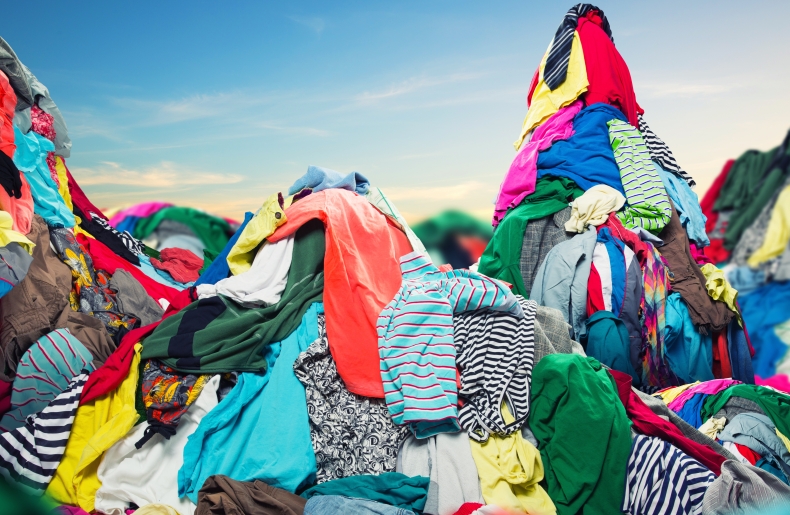Blogs
February 19, 2020Sustainability in the textiles supply chain

Defining the Supply Chain
The traditional and conventional textiles industry is constantly being driven by innovation in fibers, fabrics, garments, and distribution supply chain which are the basic and key “building block” components of the entire value chain. The current textiles sector consists of key clothing market segments covering haute couture, prêt-à-porter (ready-to-wear), intimate apparel, active wear, and accessories. Each of these except haute couture has a high end (image-driven) and low end (price-driven, mass market) segments. The fashion segments for apparel and accessories specifically consist of the main process elements related to design, manufacturing, production, branding, and retail.

For the textiles sector, the term supply chain typically refers to the back-end of the industry. The “chain” is the critical interconnecting link between the various sources of raw materials; the different types of production plants, factories, and facilities where those materials are manufactured into clothing or garments; and, the entire distribution network by which the apparel and accessories are delivered to end-customers. The favorable geographies of these various chain links is determined by such factors as labor costs, water supply and treatment issues, utility costs, proximity to markets, etc., and these have shifted radically over decades. In many cases, the links in the chain are separated by continents, with enormous impact on carbon footprint and other socially negative “externalities”.
Focusing on Sustainability
Over the last two decades, there has been a growing emphasis on de-carbonization roadmap and pathways for definitive reduction in the overall carbon footprint among the different components of the textiles industry supply chain. In particular, there are concerns around “wet” processing which is a critical step that inherently involves the utilization of substantial amounts of energy (including electricity), feedstocks, chemicals, and water.
Especially in many emerging and developing countries that are host to many plants, factories, and facilities, there are serious concerns over the sustainability of the textiles supply chain. As an example, in some areas there may be only one power supply source (the national grid), and most often there is no guaranteed steady grid electricity supply. Accordingly, plants there must install, operate, and maintain standby and emergency diesel generator (DG) systems. The lower efficiency DG units have a poor carbon footprint since they are fueled by polluting hydrocarbon fuels such as No. 2 high speed diesel or No. 6 fuel oil, along with emitting greenhouse gases (GHG) as well as hazardous gases such as nitrous oxide (NOx), sulfur oxide (SOx), and particulate matter (PM).
In addition, sustainability in the textiles supply chain must target specific quantitative reduction, recycling, and reuse in:
- Displacement of Hydrocarbons: Synthetic fibers (petroleum based) versus natural/bio-fibers (e.g., cotton, rayon, silk, plant-based from vegetables/fruits, etc.), but even the natural and manmade fibers can consume much fuel and water
- Raw Materials: Fabrics, dyes, coatings, sizing, accessories, cardboard boxes, storage, and other packaging
- Manufacturing and Production: Yarn, chemicals dying, spinning, mills, fabric weaving with finishing, quality control (QC), and quality assurance (QA)
- Finished Products and Wastes: Design, manufacturing, production, processing, finished apparel and accessories, packaging, cutting scraps, left over materials, and secondary wastes
- Logistics: Storage, inventory, sea transfer, rail, truck, airlines, drones, distribution network to wholesale and brand retail outlets, and e-commerce
The main drivers highlighted for sustainability in the textiles supply chain can help enable and advance “game-changer” positive impact in fashion market segments with the emergence of new designs, styles, selection, sizes and comfort – while meeting global de-carbonization targets.
This Blog is the first of a series of posts to create awareness and disseminate information on specific topics related to sustainability in the textiles supply chain as well as related sectors and industries.
Our next blog will explore the sustainable raw materials for the production of textiles, focusing particularly on bio-based raw materials.
For additional details, refer to www.NexantSubscriptions.com
The Authors
Pat Sonti – Senior Consultant, Nexant




